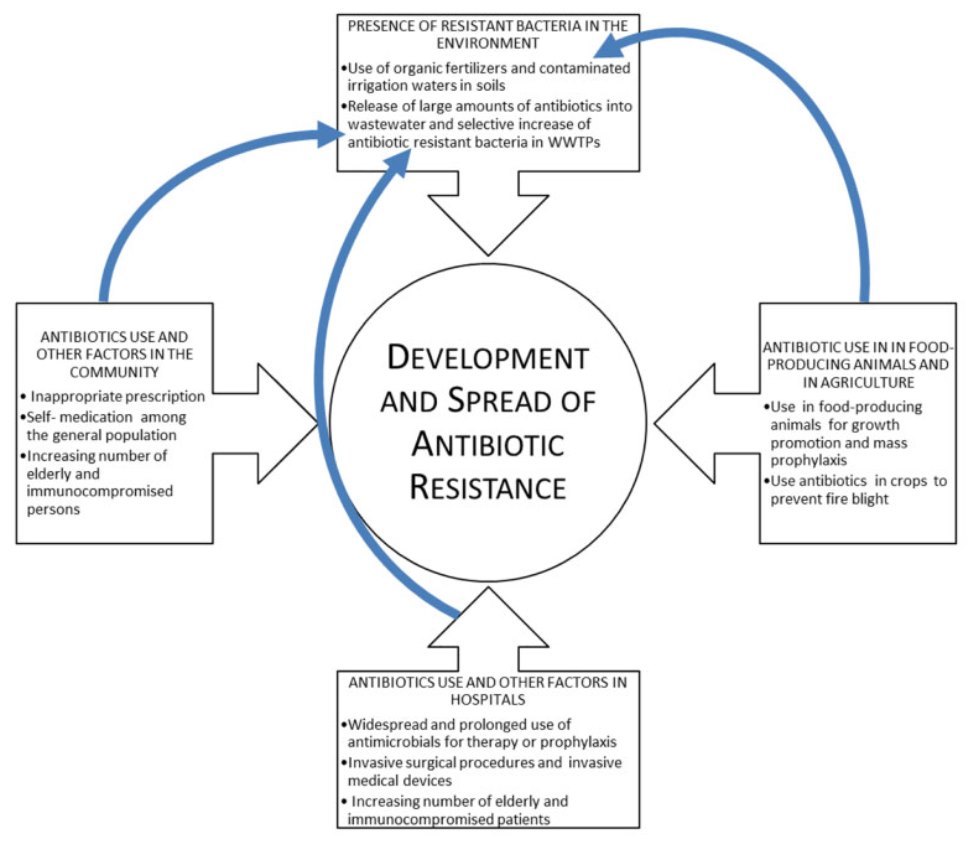Antibiotic resistance interactions
Antimicrobial resistance: a global multifaceted phenomenon
Francesca Prestinaci,* Patrizio Pezzotti, and Annalisa Pantosti
Pathog Glob Health. October, 2015; 109(7): 309–318. doi: 10.1179/2047773215Y.0000000030

📄 Download the PDF from VitaminDWiki
Antimicrobial resistance (AMR) is one of the most serious global public health threats in this century. The first World Health Organization (WHO) Global report on surveillance of AMR, published in April 2014, collected for the first time data from national and international surveillance networks, showing the extent of this phenomenon in many parts of the world and also the presence of large gaps in the existing surveillance. In this review, we focus on antibacterial resistance (ABR), which represents at the moment the major problem, both for the high rates of resistance observed in bacteria that cause common infections and for the complexity of the consequences of ABR. We describe the health and economic impact of ABR, the principal risk factors for its emergence and, in particular, we illustrate the highlights of four antibiotic-resistant pathogens of global concern – Staphylococcus aureus, Klebsiella pneumoniae, non-typhoidal Salmonella and Mycobacterium tuberculosis – for whom we report resistance data worldwide. Measures to control the emergence and the spread of ABR are presented.
